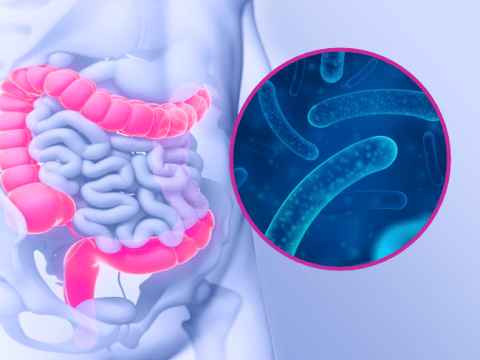The main biological functions of vitamin D
Vitamin D* supports the normal absorption and use of calcium and phosphorus and helps to maintain normal blood calcium levels. It is involved in the mineralisation of bone, cartilage and teeth during and after the growth stage: it is needed for normal bone growth and development in children.
Together with calcium, it helps to:
- reduce the decline in bone mineral density in postmenopausal women; a risk factor for osteoporosis-related fractures,
- reduce the likelihood of falling associated with postural instability and muscle weakness; a risk factor for fractures in the over-60s,
- maintain normal muscle function and good dental health.
It also supports the normal functioning of the immune system and is involved in cell division.
*Results of the scientific evaluations conducted to investigate health claims by the European food safety agency (European Commission, 2016). Health claim: all claims which state, suggest or infer the existence of a relationship between, on the one hand, a category of food products, a food product or one of its components and, on the other hand, health.
Dietary reference values
The most important vitamin D group compounds are cholecalciferol (vitamin D3) and ergocalciferol (vitamin D2). Vitamin D3 is synthesised by skin cells from a derivative of cholesterol when the cells are exposed to ultraviolet-B radiation and can also be obtained by eating animal products; whereas vitamin D2 is obtained from plant sources. Vitamin D is transported to the liver where it undergoes a chemical transformation (hydroxylation) so that it can be stored by the body. A second transformation (also by hydroxylation) takes place in the kidneys to produce the active form of vitamin D.
The population reference intake (PRI) of vitamin D for different populations are shown below:

The adequate intake is estimated to be 10 μg/d for children aged 7 to 11 months and 15 μg/d for children 1 to 17 years old. Pregnant and breast-feeding women are not considered to need a higher intake of vitamin D
The population reference intake is the nutrient intake that is adequate for virtually all the people in the group considered, and is estimated based on experimental data. It corresponds to the intake formerly described as the RDI, the recommended dietary intake. An adequate intake is the average intake by a population or sub-group of apparently health people that is assumed to be adequate. The adequate intake is the dietary reference value used when the PRI cannot be estimated due to insufficient data.
Sources and intake of vitamin D
Vitamin D is different from other vitamins since, in addition to dietary sources, the body produces it when the skin is exposed to sunlight.
The synthesis of vitamin D by skin cells accounts for up to 80% of the total intake under normal conditions of exposure to sunlight.
The supplementary intake from a varied and balanced diet generally covers the vitamin D requirements estimated by dietary reference values. However, for populations living in regions with limited hours of sunshine during the winter period, or for people with dark skin, dietary sources have to provide a larger fraction of the total vitamin D intake.
The main dietary sources of vitamin D are cod liver oil and oily fish. Eggs and cheese are also often mentioned. In comparison, the vitamin D content of plants is low. This vitamin is very heat-resistant and is not eliminated by cooking.
| FOOD | VITAMIN D CONTENT (µg/100 g) |
|---|---|
| Cod liver oil | 250 |
| Smoked herring | 22 |
| Halibut | 21,2 |
| Soft cheeses | 15 |
| Sardine | 14 |
| Egg | 1,88 |
| Pure fromage blanc | 1,5 |
To find out which other foods contain vitamin D, visit the ANSES website.
Deficiency and excess of vitamin D
The only form of vitamin D tested when assessing the amount of vitamin D in the body is the form produced after the first transformation in the liver, i.e. the calcifediol form. A blood calcifediol level of less than 25 nmol/L indicates a severe vitamin D deficiency.
Vitamin D deficiency leads to:
- rickets in children (bone deformation with delayed ossification, muscle weakness and spasms),
- osteomalacia (bone and muscle pain),
- osteoporosis in adults.
Vitamin D poisoning is rare but can be caused by taking a daily supplementation of an excessively high dose. This poisoning causes hypercalcaemia (an abnormally high blood calcium level) which may be characterised by anorexia, nausea, polyuria, constipation, fatigue, loss of weight, headaches, depression, kidney stones, vascular calcification, high blood pressure and anaemia. In cases of severe poisoning, the hypercalcaemia can lead to irreversible kidney failure and heart failure which can result in coma and death.
Deficiency: The term “deficiency” is used exclusively to define cases in which there are evident clinical symptoms (if these symptoms are not present, the term “insufficiency” is used)
Insufficiency: The term insufficiency is reserved for cases in which the levels can be quantified only by checking for biological markers of depletion. Insufficient states are not accompanied by clear specific clinical symptoms. (French ministry of employment and solidarity, 2000)






